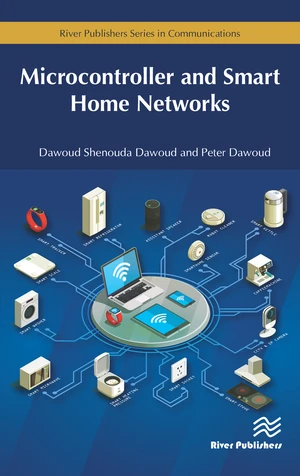Over recent years industries have faced the problem of how to connect devices to âspeakâ to each other with minimum wiring. Philips Semiconductors faced this problem when they needed to connect many ICs together. The Automotive Industry faced the same problem when it needed to connect tens of microcontrollers in each car. Recently, with smart homes, the problem has started to be part of each home. For instance, you may want to build your smart home with accessories from different manufacturers and you want the devices to âspeakâ to each other. Added to that, you may want to control them from a central App or voice assist. Solutions for this problem started with the introduction of Inter Integrated Circuits (IIC) and Controller Area Networks (CAN). Both solutions are wired networks that allow ICs and microcontrollers to be connected in a network to communicate together. In smart home automation, a number of common smart home automation protocols that allow different devices to speak and communicate together have appeared during the last few decades. Some of the smart home protocols come under the umbrella of what is called the âInternet of Things (IoT)â. The proposed protocols can be grouped into wired networks e.g. X10, UPB; wireless or radio networks as ZigBee, Z-Wave, Bluetooth; or dual (wired and radio) such as Insteon. This book introduces to the reader some of the most popular Microcontroller and Smart home networks. The book covers in detail the following protocols:⢠I2C⢠I3C⢠CAN⢠ZigBee⢠ZigBee Pro⢠Z-Wave⢠Bluetooth Wi-Fi, WiMax and Insteon are part of our companion book âSerial Communication Protocols and Standardsâ. This book gives detailed comparisons between the various protocols. To complete the knowledge of the reader, the book gives in the last chapter a short summary on the protocols that we did not fully cover in this volume: Ethernet, Thread, Insteon, X10 and UPB.
Price history
▲112.04%
Dec 15, 2022
€113.05
▼-52.84%
Nov 18, 2022
€53.31
Sep 7, 2022
€113.05

